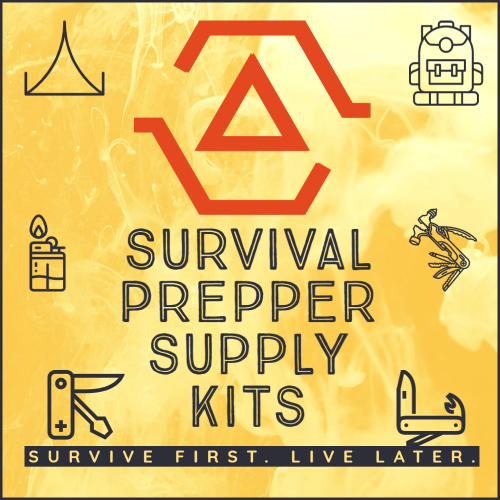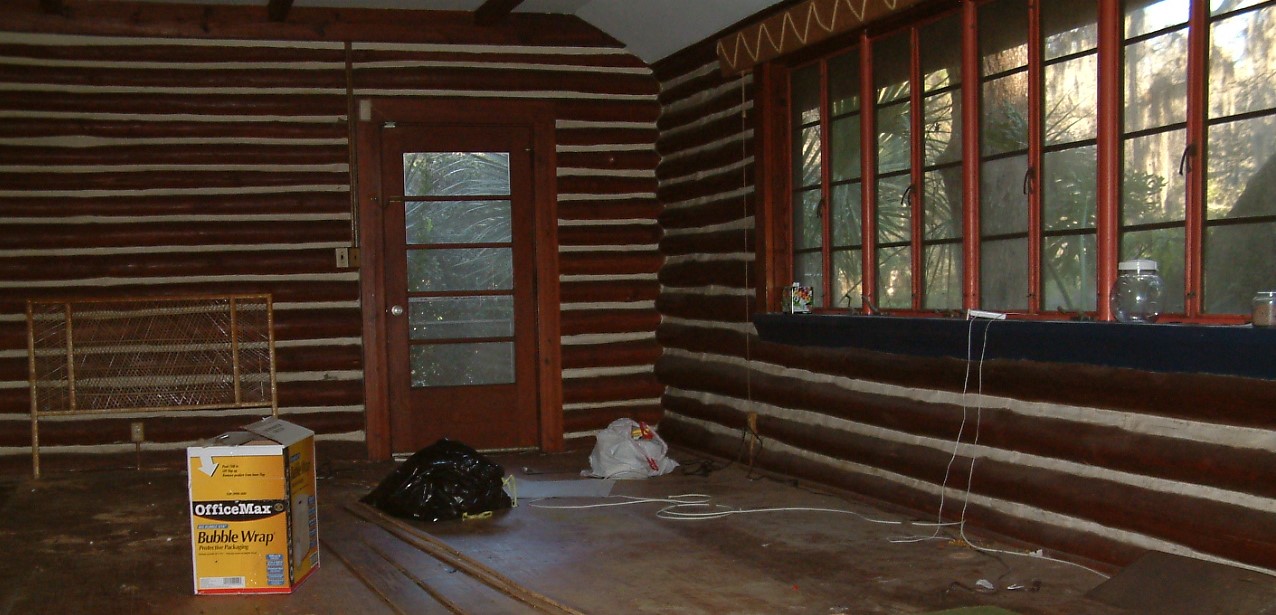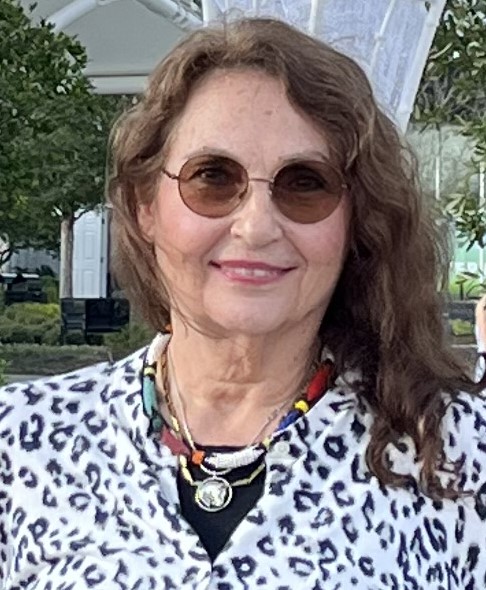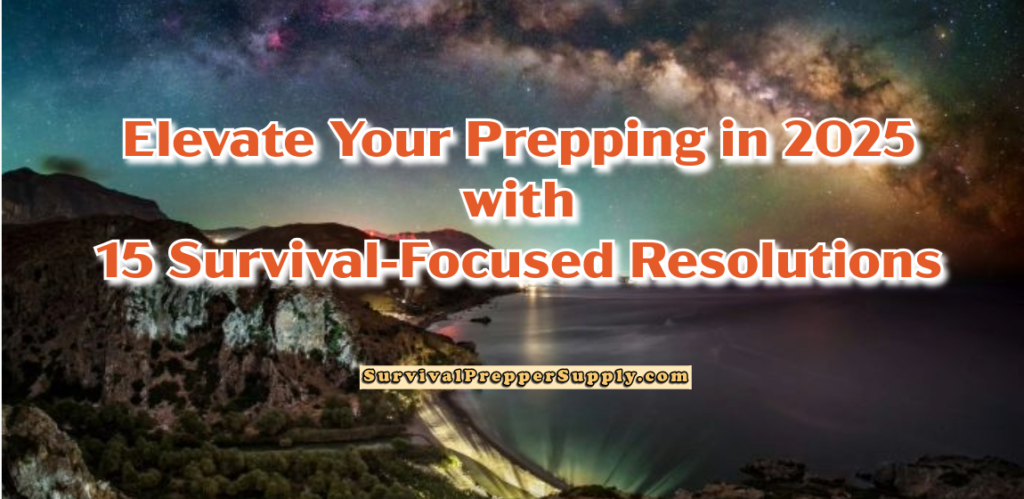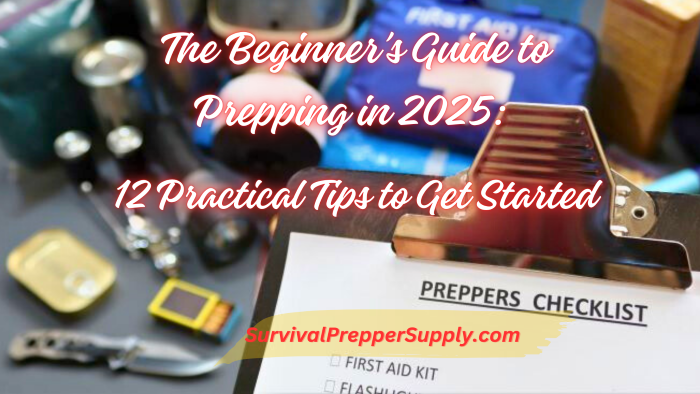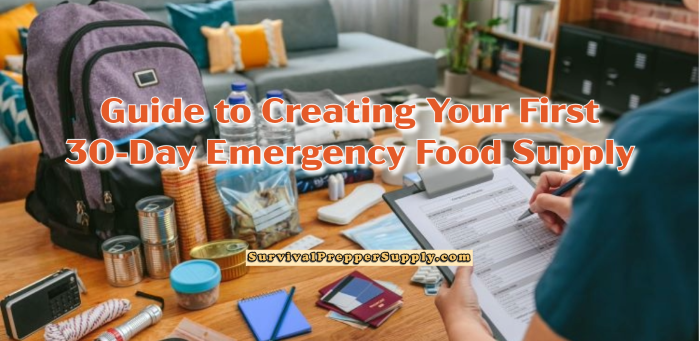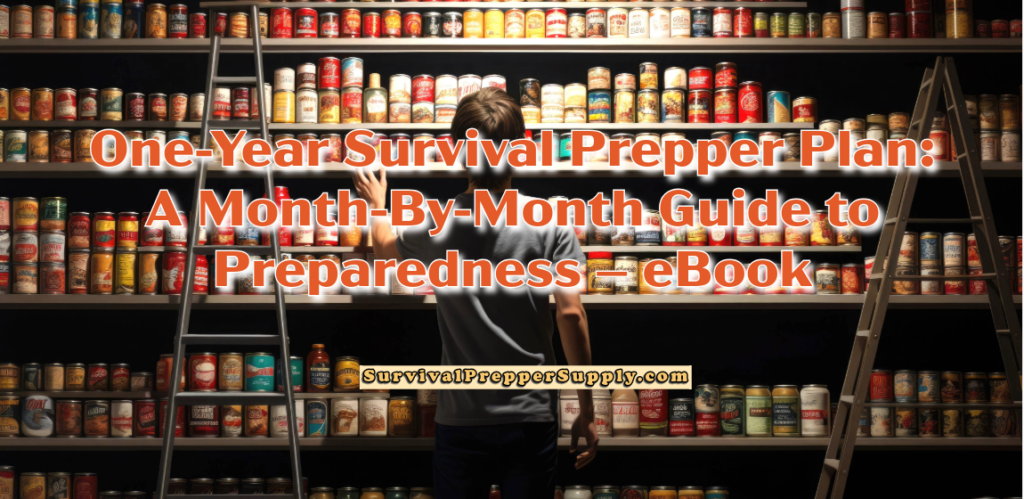I’ve always been into survival prepping, end-of-times, apocalypse planning, and ‘The Bomb’. I grew up in the 50s during the Cold War and the nuclear bomb was scary. Our 30 acres and our log cabin homestead and workshop were designed for self-sufficiency and to live off of the land. Yes, we worried about ‘The (Atomic) Bomb’.
An Original Survivalist
I get this desire to do survival prepping and homesteading from both parents. I have almost always lived in the country. My mom raised and sold 10,000 chickens until she went bust on them in the late 40s. She and her husband at the time built a bungalow house out of pecky cypress. The house was built by a house raising – neighbors from 5 miles around came to help. Her parents (my grandparents) came down from Toledo, OH to Florida to live with them. My mom grew up in the Toledo/Dayton area.

She (Faith Babcock at the time) was written about in the local Jacksonville, FL paper. She was an original survivalist. Her husband, Jim Babcock, was a writer. He wasn’t very good at making things. They divorced a few years later.
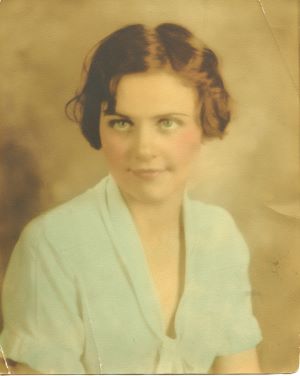

Artesian Well, a Pool, and Ducks!
We had an artesian well that came out of the pipe that would sting your tongue from the super strong pressure of the sulfur water pushing through the limestone aquifer. The well had enough pressure so that the water flowed constantly into our man-made pool and powered a constantly flowing water wheel that he also built out of pecky cypress. The pool drained into a small overflow pond that had a little cage for our ducks. The ducks also swam in the pool. They would drop their eggs in the pool. My brother and I had to dive in and get them. We would get a pass when it was winter — brrrrr!
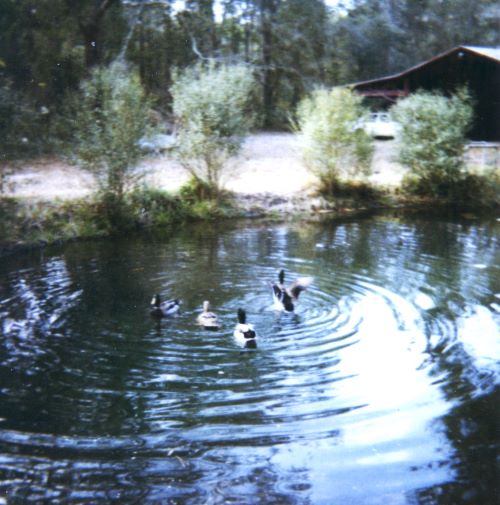
It was great to always have water, even when the electricity was out. There was enough pressure so we could fill buckets, if necessary, although we used the pool for that, too. See the original post about the house/log cabin build here.
A great article from The Penney Hoarder – How Much Does It Actually Cost to Live Off the Grid?
A Log Cabin from Our Pine Trees
My father built our log cabin home (see Building a Log Cabin, …) from the pine trees on our property. He felled and hauled each pine tree one by one up to where he was building the house. I was a baby when he started building the house so I’m not sure how he cleaned and cut each log and got them in place. I’m guessing some type of cantilevering was done.
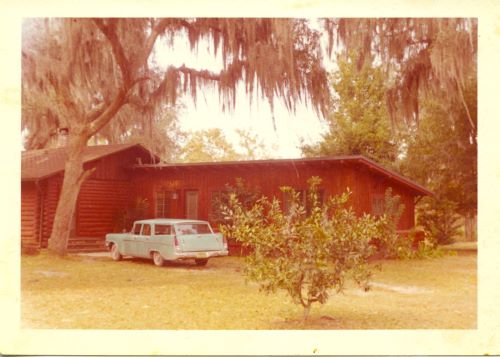
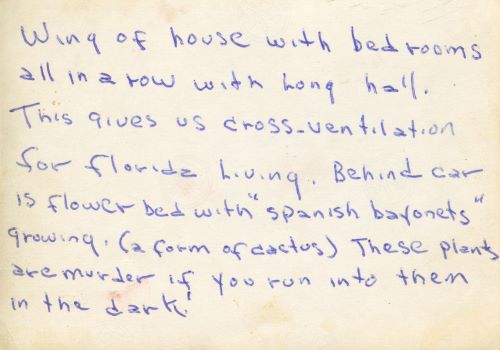
In the middle of the house was a large stone fireplace. We used the fireplace to heat until my father built an extension to the house for 3 bedrooms and bath. It was on a long hallway with big built-in storage closets. All bedrooms had built-in storage closets. My room even had 2 built-in dressers and a small enclosed vertical bookcase that had a drop-down bookcase door to use for writing.
Creature Comforts
We had a 200 gallon natural gas tank located about 100 feet from the house for safety. This lasted maybe 5-6 months per filling. We had a gas stove, and gas refrigerator up until the mid 80s when I got remarried and we needed a bigger fridge.
Please note that this post contains affiliate links, meaning I will get a small commission for qualifying purchases at no extra cost to the buyer.

The house was heated via a big heating oil tank. The heat came from floor registers. I used to love getting dressed over them in the winter. Air conditioning came from a very large 2200 BTU window unit that was actually built into the wall. It was strong enough to cool the whole house, even my 800 square foot bedroom that was at the far end of the house down 4 steps. My bedroom was built over a large 20×20 foot porch area. I had a wood stove and the fireplace was up the steps, just a few feet away.
The end of the world is never really the end of the world — at least not in fiction. After all, someone must survive to tell the tale.
Emily Temple
Books about The (Atomic) Bomb and Survival
Starting as a 13-year-old, I read a bunch of apocalypse novels, mostly of the nuclear type. Alas, Babylon by Pat Frank was maybe my first. After our house was built, we moved from the cypress-built bungalow into the log cabin. We then rented the cypress bungalow. We had renters that were in to survival prep and apocalypse books. They got me in to sci-fi. Apocalypse books come under the sci-fi listing.
Here are Amazon links to Kindle versions of the books I read. You can also get hardcover versions from these links. These are books from the 1950s to 1960s, listed by my favorites. I’ll post links to more recent books in upcoming survival posts.
Alas, Babylon by Pat Frank – When the unthinkable nightmare of nuclear holocaust ravaged the United States, it was instant death for tens of millions of people; for survivors, it was a nightmare of hunger, sickness, and brutality. Overnight, a thousand years of civilization were stripped away. One small Florida town survives, adapting to their new lives in a radioactive wasteland.
Tomorrow! by Philip Wylie – A chilling what if? tale of nuclear apocalypse in the American heartland. Philip Wylie’s gripping parable Tomorrow! describes a time in America when doomsday threatens to dawn at any moment. A nation’s worst nightmare is made palpably real, seen through the eyes of a diverse group of ordinary citizens in two adjacent Great Plains metropolises.
Triumph (Beyond Armageddon) by Philip Wylie re-release in paperback only, December 1, 2007. In the world’s upper hemisphere, only one small group has survived World War III: fourteen people, sheltered deep within a limestone mountain in Connecticut and with enough supplies and equipment to maintain their subsistence for upwards of two years. Sound familiar? I loved this book.
On the Beach by Nevil Shute – A worldwide nuclear war is launched by accident! A handful of survivors hope for a miracle. But they think they are doomed. How does a person live when he knows he is going to die? Some carry on as usual – a few destroy themselves in a last mad fling at life.
“The most important novel of the Atomic Age.” — Washington Post.
The Three Stigmata of Palmer Eldritch by Philip K. Dick – On Mars, the harsh climate could make any colonist turn to drugs to escape a dead-end existence. Especially when the drug is Can-D, which translates its users into the idyllic world of a Barbie-esque character named Perky Pat. When the mysterious Palmer Eldritch arrives with a new drug called Chew-Z, he offers a more addictive experience, one that might bring the user closer to God. But in a world where everyone is tripping, no promises can be taken at face value.
John Christopher’s 1956 No Blade of Grass is an extremely compelling page turner that portrays our moral traditions and social glue as being so fragile that they can be swept away in a day. Compassion, mercy, and even friendliness are not as hard-wired as we would hope, and they quickly dissolve when the urgency of survival forces us to view all other people as competitors.
No Blade of Grass features a common theme in post-apocalyptic fiction: nobody expects things to fall apart as quickly as they do. (Just started re-reading this. My son has a big paperback copy.)
First published in 1949, George R. Stewart’s award-winning Earth Abides is one of the most influential science-fiction novels of the twentieth century. It remains a fresh, provocative story of apocalyptic pandemic, societal collapse, and rebirth. The cabin had always been a special retreat for Isherwood Williams, a haven from the demands of society. But one day while hiking, Ish was bitten by a rattlesnake, and the solitude he had so desired took on dire new significance.
One of my favorite places to shop and get information is at Ask a Prepper website with Claude Davis. I’ve gotten quite a few books on survival prepping including his “The Lost Ways” series.
The Lost Ways book and it’s accompanying books, The Lost Book of Herbal Remedies, and NO GRID Survival Projects prepare you to deal with worst-case scenarios with the minimum amount of resources. The
I have a veritable resource library of articles about survival prepping, end-of-times living. I will share those as I write from them.
I’m the daughter of 2 original survivalists who moved from the north to sunny Florida. My mother, along with her parents, bought 30 mostly uncleared acres in 1938. The first home was made of pecky-cypress and built by a house-raising. My mother raised 10,000 chickens.
My divorced mother met and married my father in 1948. From pine trees on our property, he hand-built a log cabin. He also built a tarpaper-lined 65’x45′ pool with duck pond overflow. We had an artesian well for our water and powering our hand-built waterwheel for the pool. He built a substantial cantilevered roof workshop with a car pit in the massive cement floor.
Since my early teens, I have read a ton of books about survival, prepping, the bomb, an apocalypse, homestead living, and SHTF situations. As an adult, I continue to read sci-fi, survival prepping, and science. I practice a prepper lifestyle albeit a bit modified, read a lot, buy a lot, pack/store a lot of anything survival related.
Read my About Me post for more details on our self-sufficient living. I lived there until I went to college in 1968.
My SurvivalPrepperSupply.com blog strives to educate individuals on coping with natural and human-caused disasters using article posts about preparing for emergencies.
